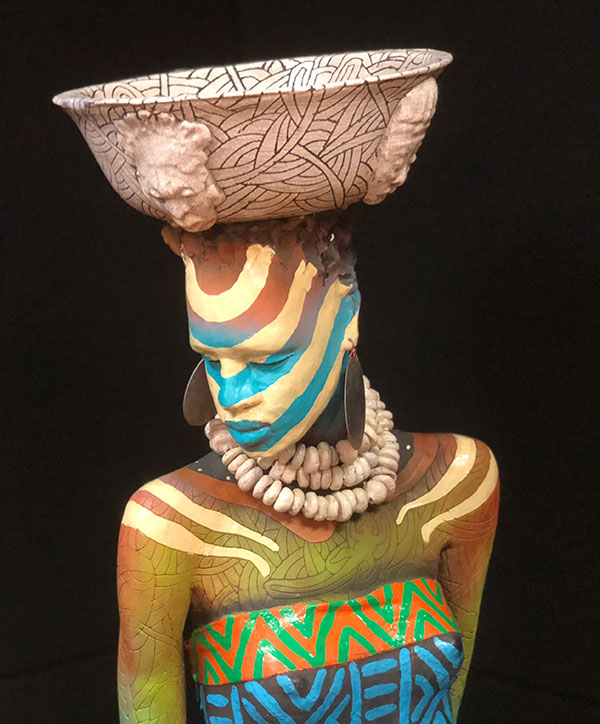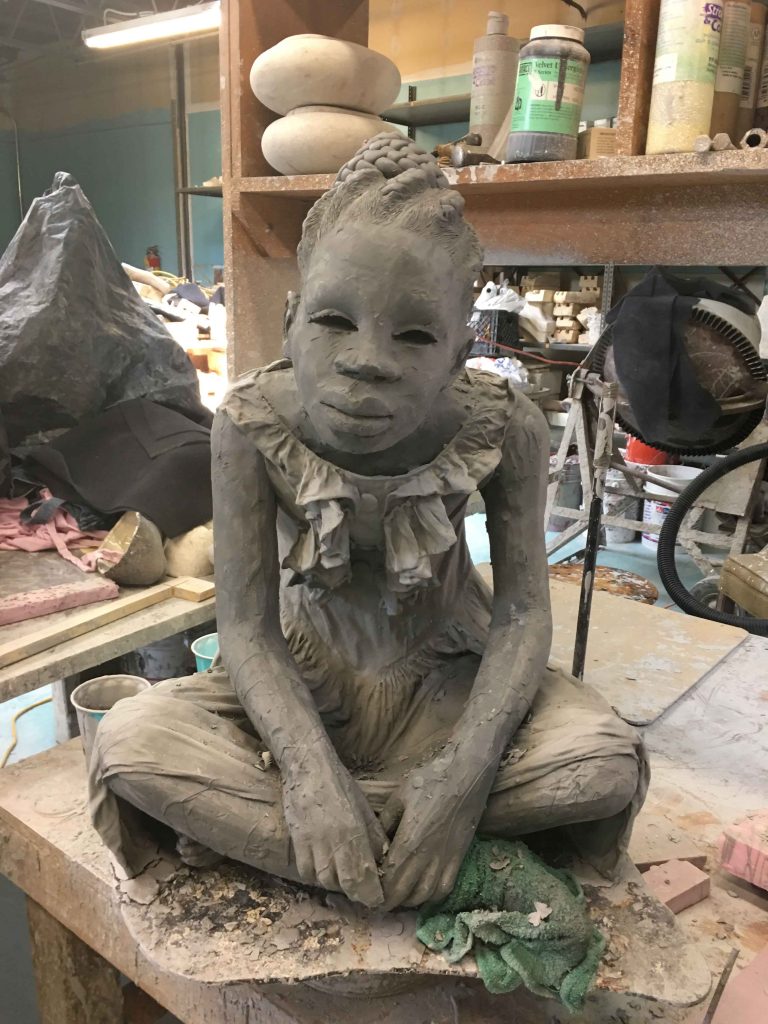No products in the cart.
Nash’s innovative African ceramic art evokes the historical practices found within the construction of handmade ceramic sculptures. He incorporates various clay building techniques utilizing materials such as stoneware, terra cotta, earthenware and porcelain; his pieces are then pit fired using raku glazing techniques, which create his unique “African-Nouveau” style. An ode to traditional methodologies for working, Nash glazes, burnishes and carves onto the surface of his African stoneware sculptures. These decorative patterns are direct references to many indigenous cultures in Africa, like the clay pottery and handmade ceramic sculptures found in Burkina Faso, or inscribed vessels from the Igbo culture in Southern Nigeria. African ceramic art originated in 7000 to 6000 BCE in the present day areas of Sudan, Egypt and Ethiopia.








